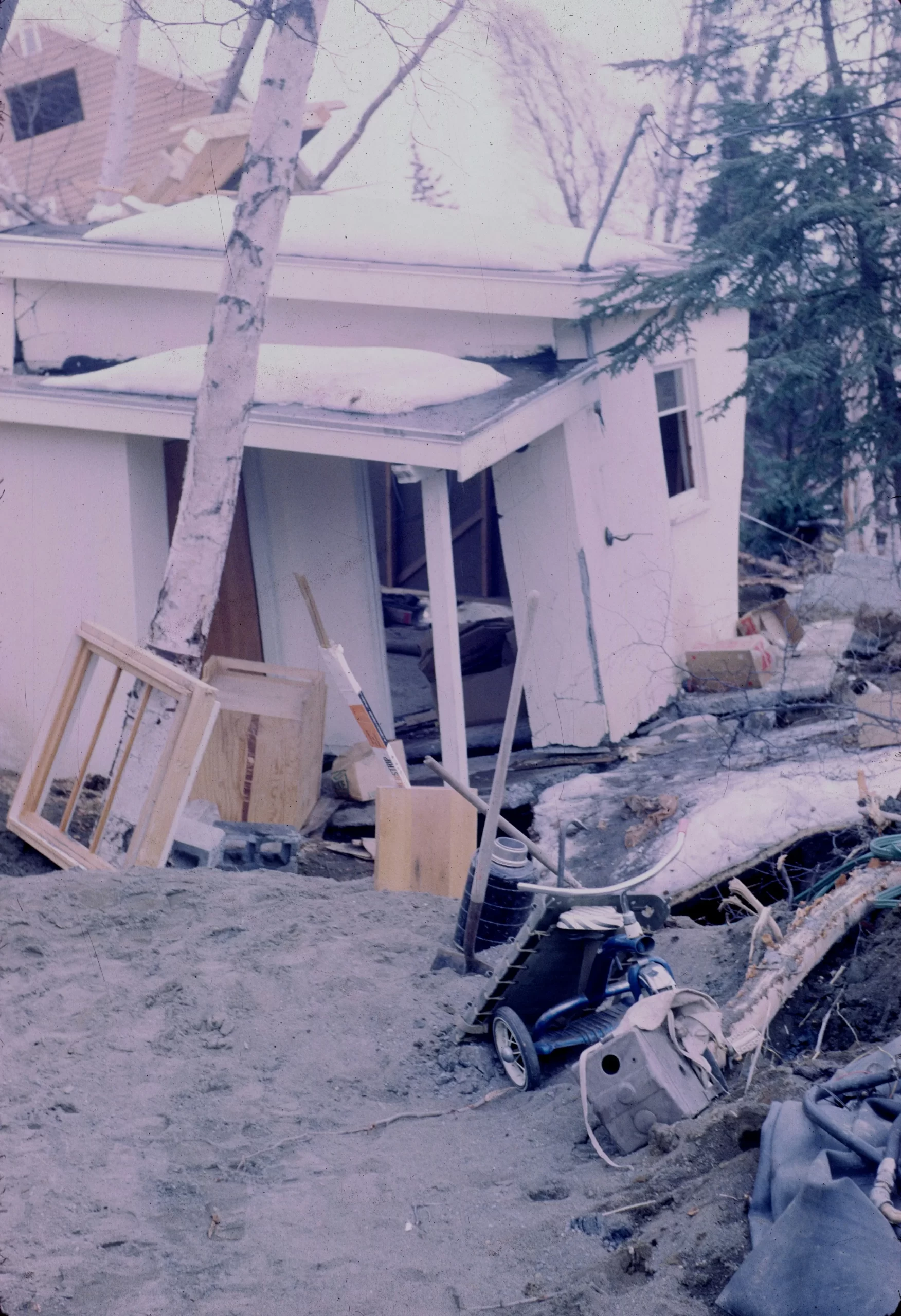Our Address:
Natural disasters can strike with little or no warning, leaving a trail of destruction for businesses. The impact can range from minor interruptions to complete shutdowns, potentially causing significant financial strain. Proactively preparing your business for such events is crucial to minimize damage, ensure employee safety, and facilitate a quicker recovery. Drawing upon the expertise of Commercial Interior Solutions (CIS), renowned for disaster restoration services in Tampa Bay and surrounding areas, this guide provides actionable strategies to shield your business from the ravages of natural calamities.
Understand Your Risks
1. Assess Local Hazards: Identify the natural disasters most common in your area, whether they’re hurricanes, floods, earthquakes, or wildfires. This knowledge will guide your preparation efforts.
2. Review Insurance Coverage: Ensure your insurance policies cover the types of natural disasters your business may face. Understand the extent of your coverage, including any exclusions or limitations.
Develop a Disaster Preparedness Plan
1. Emergency Response Strategy: Create a clear plan outlining steps to take before, during, and after a disaster. This should include evacuation routes, safety protocols, and methods to secure your property.
2. Communication Plan: Establish a communication strategy to keep in touch with employees, customers, and suppliers. Designate a person or team responsible for issuing updates during a disaster.
3. Data Backup and Recovery: Protect your business data by implementing robust backup solutions. Store backups in a secure, off-site location or utilize cloud services for added safety.
4. Employee Training: Regularly train your employees on your disaster preparedness plan. Conduct drills to ensure everyone knows their role and can act confidently during an emergency.
Fortify Your Business
1. Structural Improvements: Consult with experts to make your premises more resistant to natural disasters. This might include reinforcing structures, installing storm shutters, or flood-proofing your property.
2. Secure Equipment and Assets: Anchor heavy equipment and furniture to prevent movement during earthquakes. Elevate critical machinery and electrical components if flooding is a concern.
3. Supply Kit: Maintain a supply of emergency items, including water, non-perishable food, first-aid kits, flashlights, and batteries. Consider the needs of your employees for at least 72 hours.
Plan for Business Continuity
1. Identify Critical Operations: Determine which functions are essential to keep your business running. Develop strategies to maintain these operations during and after a disaster.
2. Remote Work Options: If possible, prepare for scenarios where employees can work from home. Ensure they have the necessary technology and access to continue operations remotely.
3. Financial Reserves: Establish an emergency fund to cover unexpected expenses related to disasters. This can help keep your business afloat during closures or when facing repair costs.
Collaborate and Review
1. Partner with Local Authorities and Businesses: Engage with local emergency services, government agencies, and neighboring businesses to share information and resources. Collaboration can enhance community resilience.
2. Regularly Review and Update Your Plan: Natural disaster preparedness is an ongoing process. Regularly review and update your plan to reflect new risks, business changes, and lessons learned from past events.
Natural disasters can pose significant threats to businesses, but with thorough preparation, their impacts can be mitigated. By assessing risks, developing a comprehensive preparedness plan, fortifying your property, planning for continuity, and fostering collaboration, you can safeguard your business, employees, and assets. Companies like CIS offer valuable support in disaster recovery, but the goal should always be to minimize the need for such services through proactive measures. Let this guide be a starting point for your business’s journey toward resilience in the face of natural disasters.





